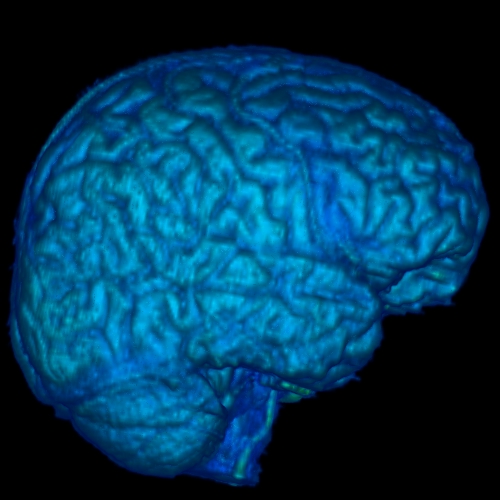
FSU’s Monica Hurdal is developing mathematical models to investigate the mechanisms underlying brain folding, the process by which the brain forms its grooves and ridges. One approach she uses involves Turing patterns, a concept from mathematical biology that explains how natural patterns such as zebra stripes or leopard spots arise through the interaction of chemical signals known as activators and inhibitors.
Hurdal also explores the biomechanical theory of buckling, which explains how the brain folds form by axonal tension. “By combining these findings, my models provide insights into brain folding abnormalities such as lissencephaly, a lack of folds, and polymicrogyria, excessive folding. Both abnormalities are linked to neurological disorders and developmental challenges.”
View Related Expert Profiles: Go to Source